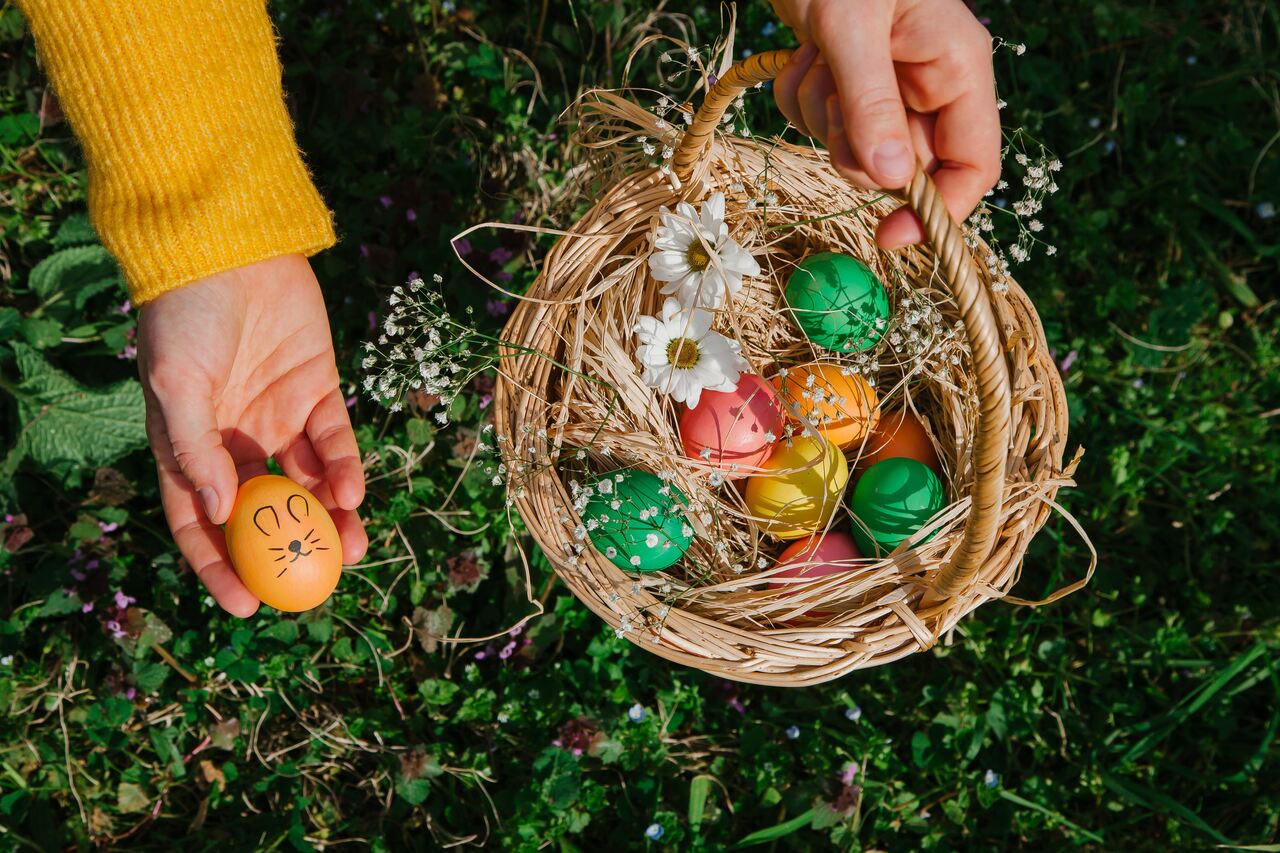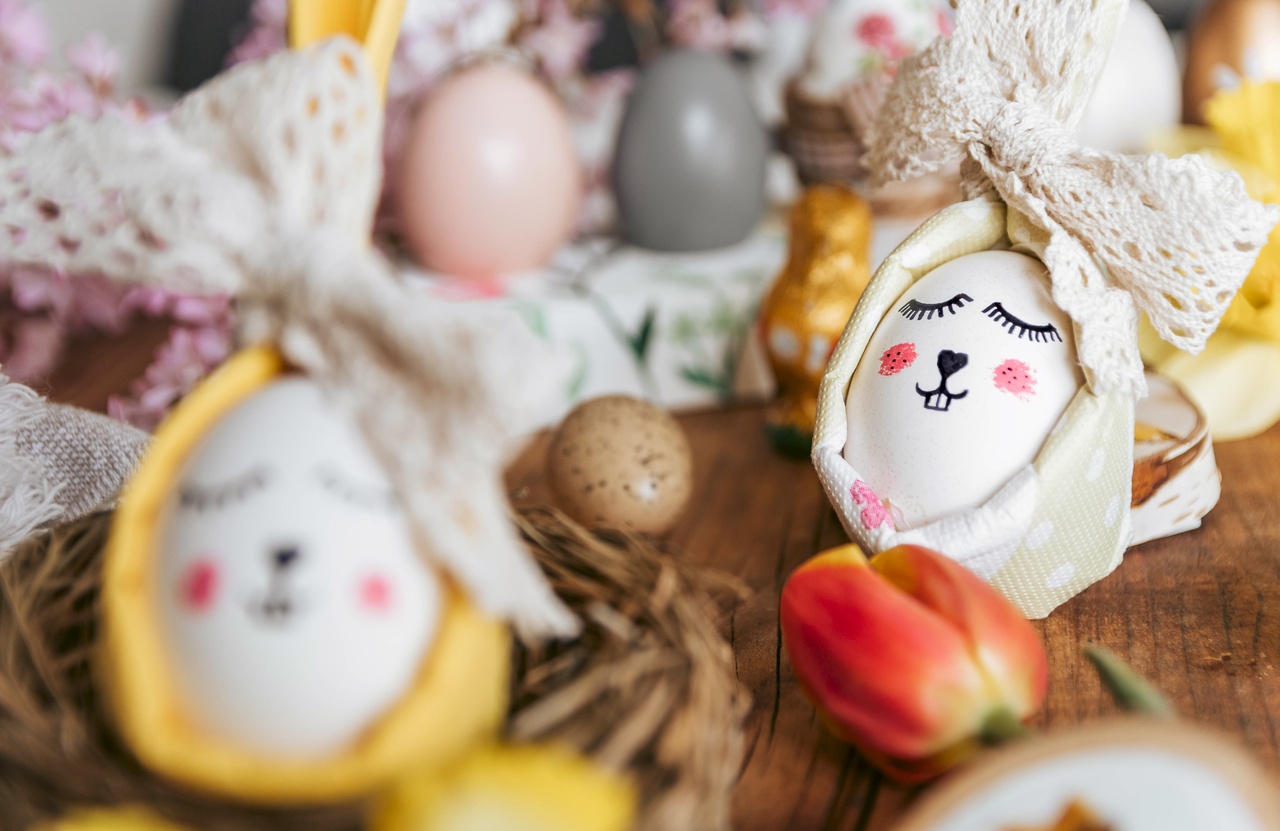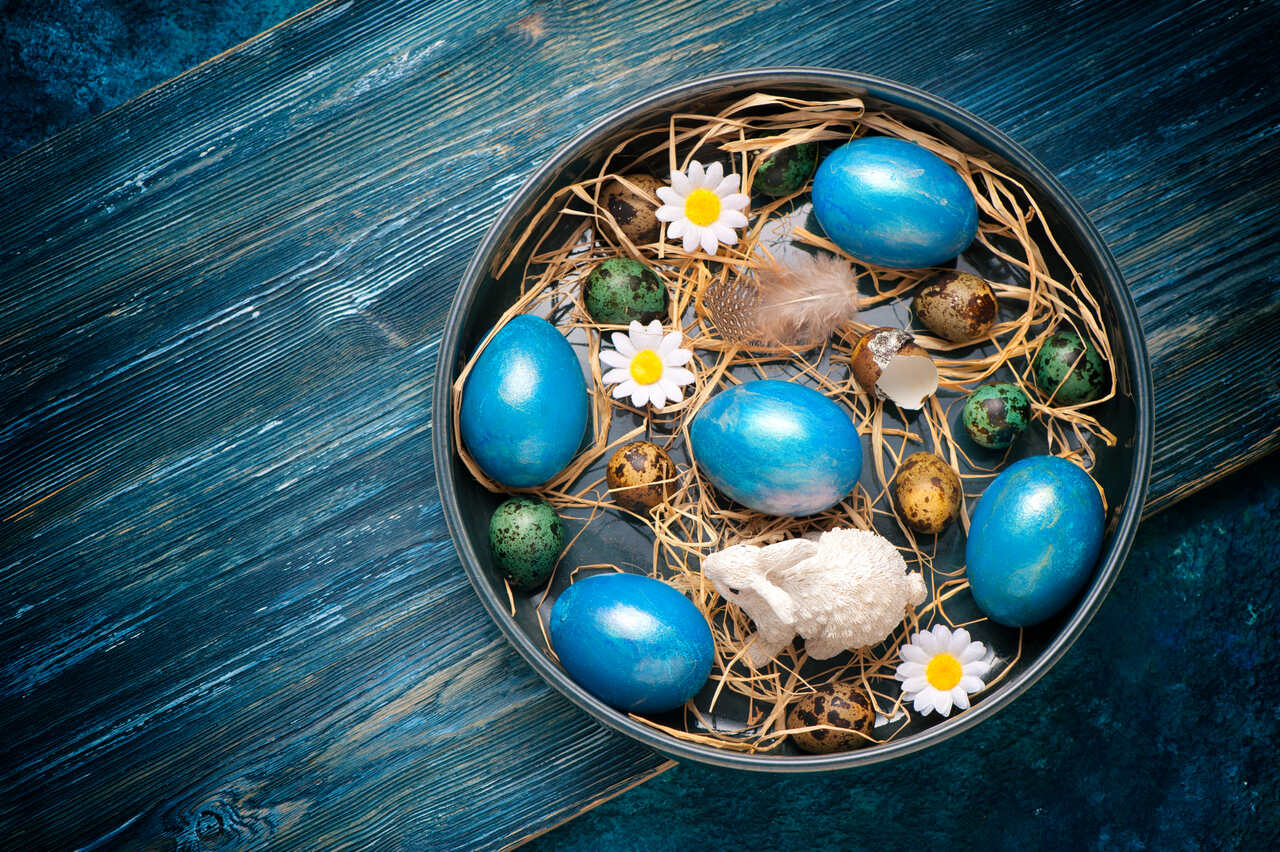2024-06-24
Easter in Spain – Traditions and Celebrations
Easter in Spain, also known as “Semana Santa”, is a time full of religious celebrations, traditions and a unique atmosphere. The Spanish look forward to this holiday with great anticipation, preparing for it with great care and dedication. Do you want to learn about the fascinating customs and traditions associated with Easter in Spain? Read on to learn more about how the Spanish celebrate this holiday and the unique customs that accompany this special period.
Contents:
- Easter in Spain: An Introduction to Tradition
- Easter Processions: Religious Celebrations and Feasts
- Holy Week: A Time of Reflection and Prayer
- Easter Dishes: Culinary Traditions of Spanish Easter
- Palm Sunday: The Beginning of Holy Week
- Brotherhoods and Their Role in Easter Celebrations
- Easter Customs and Traditions in Different Regions of Spain
- Easter Monday: Continuation of the Holiday Celebrations
- Tourist Attraction: Easter in Spain for Visitors
- Summary: The Most Important Aspects of Easter in Spain
Easter in Spain - Introduction to Tradition
Easter in Spain is an extremely important religious holiday, celebrated with great passion and affection by all regions of the country. The Spanish attach great importance to the traditions and celebrations related to Easter, which makes it one of the most unique and colorful holidays in all of Spain. Each city and town organizes its own celebrations, which makes the Easter atmosphere permeate all of Spain.
Easter Processions - Religious Celebrations and Feasts
Easter in Spain is a time when the streets of cities come alive with religious processions, known as “pasos processions”. These solemn processions, organized by various religious brotherhoods, are an integral part of the Easter celebrations and attract hundreds of believers and tourists from all over the world. During the pasos processions, figurines of Christ and the Virgin Mary are carried, which are carefully prepared by members of the brotherhoods. In Seville, the processions have a particularly solemn character, attracting thousands of believers from all over Spain. Tourists are also delighted by the musical elements of the processions and the spectacular parades.

Holy Week - Time of Reflection and Prayer
Holy Week, also known as “Semana Santa”, is a time of deep reflection and prayer for Spanish Catholics. During this period, the faithful participate in numerous religious services and ceremonies that prepare them spiritually for the celebration of the Resurrection of Christ. During Holy Week, Spanish Catholics participate in daily services, preparing themselves spiritually for the celebration of the Resurrection. In Seville, the celebrations related to Holy Week are particularly intense and have a deep religious dimension. The whole of Spain is immersed in an atmosphere of reflection and prayer.
Easter Dishes - Culinary Traditions of Spanish Easter
Easter in Spain is also a time when traditional Easter dishes appear on the tables, such as “torrijas” or “migas”, which are an inseparable element of the holiday menu. Spanish Easter cuisine delights with a variety of flavors and aromas, reminding us of the deeply rooted traditions of the culinary art of the Spanish nation. In addition to traditional dishes, such as “chickpea and cod dishes”, Easter tables often feature delicious desserts, such as “French toast” with the addition of milk. In Spain, the egg is a symbol of life and rebirth, which is why they often appear on Easter tables in various forms of culinary art.
Palm Sunday - The Beginning of Holy Week
Palm Sunday, known as “Domingo de Ramos”, inaugurates Holy Week in Spain. On this day, believers carry palm branches, symbolizing Jesus’ triumphal entry into Jerusalem, participating in religious processions and services in churches. Semana Santa in Spain is a time full of emotions and spiritual reflection. Thanks to its rich religious tradition, celebrations in Spain are extremely colorful and diverse. Many of these celebrations, especially those held in large cities, attract crowds of both residents and tourists.

Brotherhoods and Their Role in Easter Celebrations
Brotherhoods, known as “hermandades”, play a key role in organizing Easter processions and other celebrations related to Holy Week. Each brotherhood has its own traditions and customs, which are passed down from generation to generation, forming an integral part of the Spanish cultural heritage. They make the celebrations of Holy Week particularly solemn and memorable. The processions in Spain during Holy Week are an expression of deep religiosity and local culture. Brotherhoods are also responsible for organizing and running many of the processions, which are a key part of the celebrations.
Easter Customs and Traditions in Different Regions of Spain
Spain is a country with rich cultural diversity, which means that Easter traditions vary from region to region. In Andalusia, for example, the processions are particularly grand and spectacular, while in the northern regions of Spain the celebrations are more modest. Despite these differences, Easter is celebrated everywhere in Spain with great pomp and religious commitment. Regardless of the region, all communities celebrate Easter with due respect and traditional rites.
Easter Monday - Continuation of the Easter Celebrations
After the Easter celebrations, the Spanish continue their holiday celebrations on Easter Monday. This is a time for relaxation, family gatherings and enjoying the leftovers of traditional Easter dishes. Easter breakfast often includes frying various delicacies, which additionally make this family time more enjoyable. In this way, every family has the opportunity to celebrate and share joy with their loved ones.

Tourist Attraction - Easter in Spain for Visitors
Easter in Spain is not only an important religious holiday for locals, but also an attractive tourist offer for visitors. Thousands of tourists from all over the world come to Spain to participate in the unique Easter celebrations and learn about the fascinating customs of this country. During Good Friday and Easter Sunday, cities transform, presenting the wealth of local traditions and culture. This is a great opportunity to experience the unique spirit of Spain during these special days.
Summary - The Most Important Aspects of Easter in Spain
- Easter in Spain is a time of deep religiosity and tradition.
- Pasos processions are an integral part of Easter celebrations.
- Spanish Easter cuisine delights with a variety of flavors.
- Easter traditions vary depending on the region of the country.
- Easter in Spain is also an attractive tourist offer for visitors.
Easter in Spain, or as the Spanish call it, Semana Santa, is a special time in the calendar of every Spaniard. Palm Sunday begins this time of deep religious experiences, when residents and tourists have the opportunity to learn about holiday traditions that vary from region to region, such as those characteristic of Valencia. In every corner of the country, each Spanish city and town has its own customs that are an expression of local traditions. The holidays in Spain are also a time when figures of Christ and other figures of Christ are carried through the streets in processions, which is a central element of the celebrations of Semana Santa in Spain.
Easter dishes, such as stews and chickpea dishes, which are the basis of Easter jada, are also of particular importance. Sweet pastries, sprinkled with sugar, add charm to Easter gatherings. During this festive period, Spaniards show a deep attachment to their own traditions, and music plays an important role, adding charm to the musical ceremonies celebrated in Spain. Processions in Spain, especially the most famous procession in Spain, attract the attention of both residents and numerous tourists who come to the country to visit during Semana Santa. In the north of Spain and the regions of Catalonia and Valencia, you can experience slightly different, lesser-known, but equally rich in tradition celebrations.
Easter FAQ
How is Easter celebrated in Spain?
Easter in Spain is celebrated in a similar way to many other countries, but there the holiday is called Semana Santa, or Holy Week. In Spain, Easter celebrations have a deeply religious character, and residents organize processions, wearing pasos – figures depicting scenes from the suffering of Christ.
What are the Easter traditions in Spain?
In Spain, Easter is celebrated by participating in Semana Santa processions, wearing pasos, and frying special Easter dishes such as mona de pascua. Members of various brotherhoods take part in the processions, which attract tourists from all over the world.
What dishes are typical during Easter in Spain?
During Easter in Spain, traditional foods are eaten, such as eggs sprinkled with sugar, cakes, and dishes made with milk. Many of these foods have religious significance and are eaten on specific feast days.

Diamante Home in Spain S.L.,
Calle Murillo 6, 29561 Mijas (Malaga) Spain,
mail: office@diamantespain.eu, tel. +34 664 865 840
NIF ESB55388110
- Diamante Villa Mijas